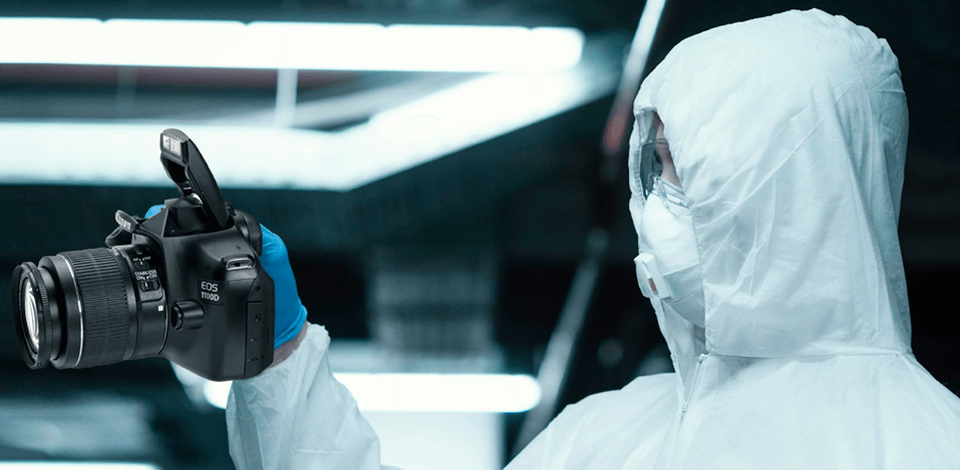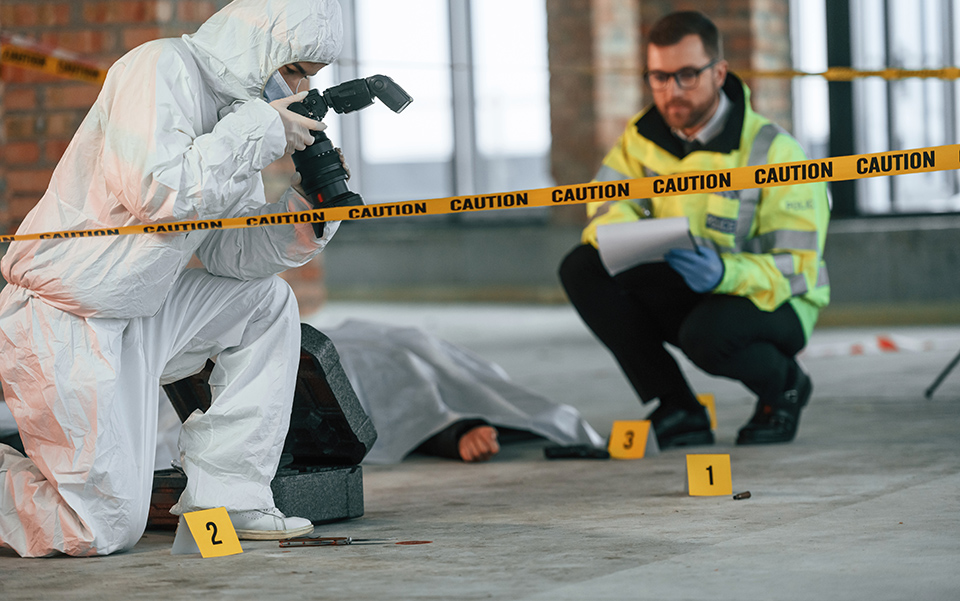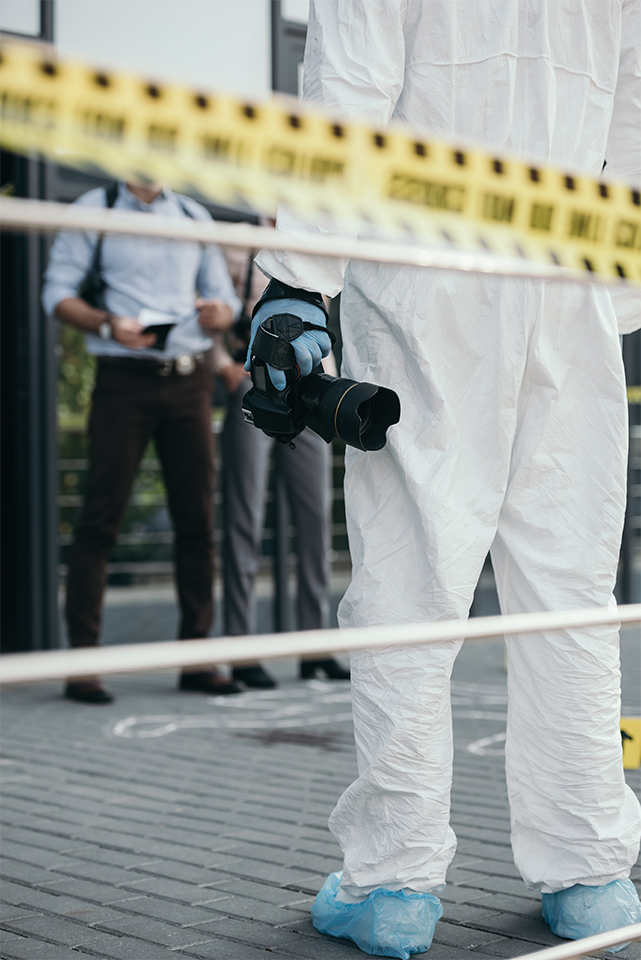
If you’re a fan of taking pictures of the events around you without necessarily showcasing your artistic nature, then you might be interested in becoming a forensic photographer, whose duties lie at the intersection of photography and evidence collection.
Photographers in forensics are extremely important for documenting crime scenes, accidents, and other events, gathering essential visual evidence that can be later used for investigations and legal proceedings. The usual salary of a forensic photographer in USA lies in the $40,000 to $65,000 range per year.
Ordinarily, forensic photographer requirements involve taking detailed, properly focused photos of crime sites, evidence, and accidents. Your photos can later be used for investigations and in the court of law.
The typical job description covers:

Education: Forensic photographer education requirements ordinarily involve a degree in photography, criminal justice, or other similar field Some job offerings can widen the search parameters to also include degrees in a relevant science or law enforcement field with photography training being an auxiliary condition.
Certification: Certification is often recommended and can even be mandatory to become a forensics photographer. Entities like the International Association for Identification (IAI) provide relevant certification programs.
Experience: Past experience in photography and forensic tasks is crucial. A lot of photographers get their initial experience via internships and entry-level jobs in law enforcement or forensic labs.
Start by getting a degree in photography, criminal justice, or another relevant field. Some photography schools even provide specialized courses in forensic photography that can help you learn the unique techniques used for this job. Work on your photography skills, and master how to utilize the lighting, composition, and camera settings optimally.
If you’ve been scouting forums, you know that investigative and law enforcement degrees aren’t always necessary if you have a well-developed skillset for crime scene photography.
Even regular free online photography courses can cover the fundamentals while forensic photography classes will teach you specialized skills, including identifying evidence at crime scenes, taking pictures that properly showcase evidence, and photographing footprints and vehicle tracks.
You won’t know how long does it take to become a forensic photographer until you get some experience via internships or jobs in law enforcement, crime scene investigation, and forensic labs. Experience is essential in honing the skills required to become a professional in this field.
Crime scene photography workshops and internships are quite uncommon, but if you manage to sign up for one, you’ll gain a unique insight into crime scene investigation.
Design a photography portfolio featuring your work in photography and forensic documentation. A proper portfolio is crucial for helping you land relevant jobs.
Every forensic photographer has to start somewhere, so begin by looking for opportunities in law enforcement agencies, forensic labs, and legal firms. Establish connections in the forensic community and sign up for relevant organizations to increase your chances of getting a great job offer.
Be prepared to showcase your skills and knowledge in forensic photography during job interviews. In addition to core technical skills, you're also likely to be required to show off your:

It’s impossible to give a definite answer to how much do forensic photographers make, but the figures below will help you set proper salary expectations if you’re residing in California:
If you want to work in India, South Africa, NZ, then these price lists for photographers should help you out.